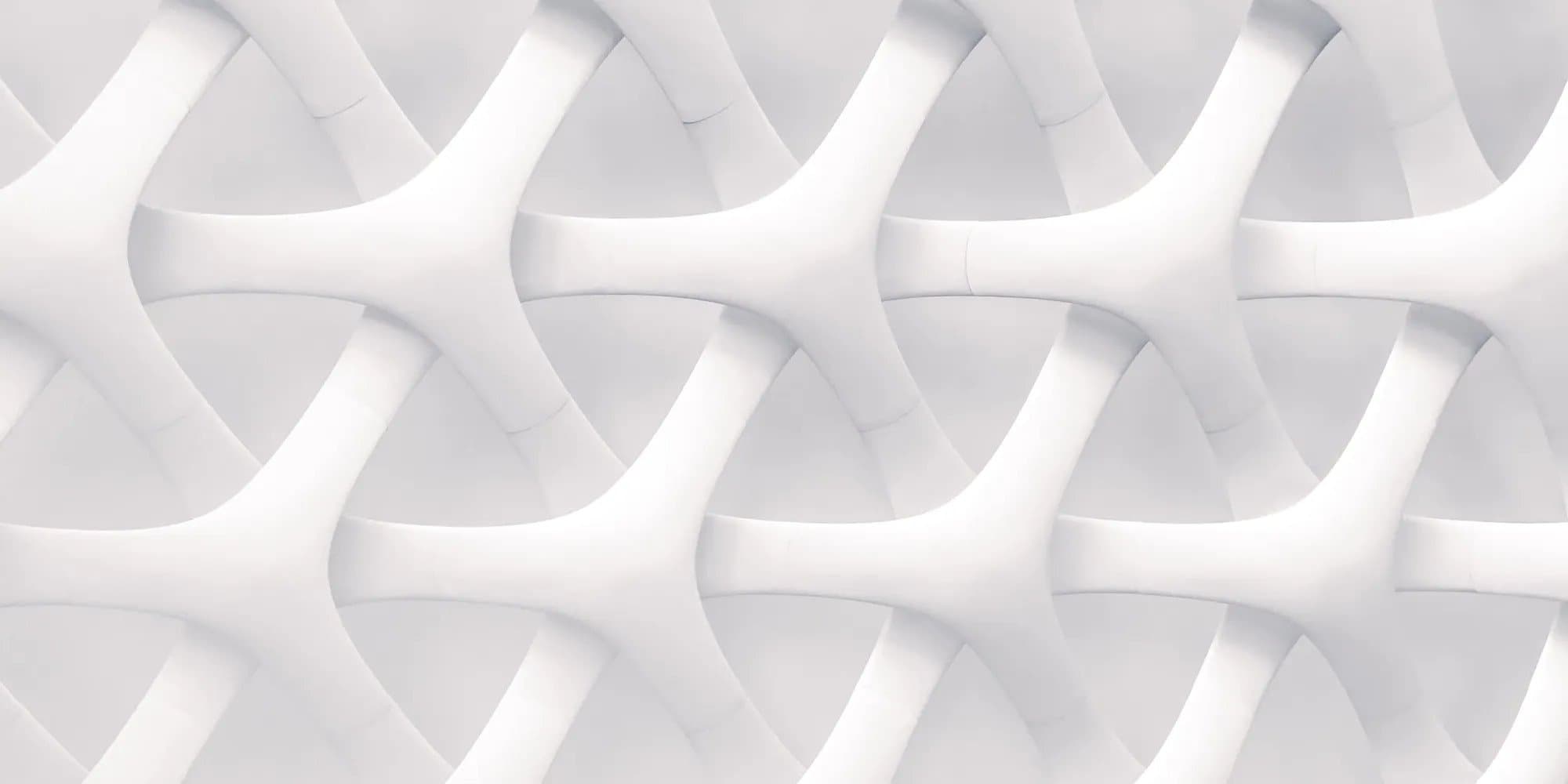Introduction
Industrial painting, a crucial process in manufacturing, has long been a task where precision and consistency are paramount. Enter the world of industrial painting robots, one of the many types of industrial robots taking over manufacturing. As the fusion of technology and craftsmanship, these machines are not only transforming the way industries paint but also redefining standards of quality and efficiency. In this article, we will delve into the fascinating realm of industrial painting robots, their evolution, benefits, and the future they promise for industries worldwide.
The Evolution of Painting Robots
From rudimentary machines with limited capabilities in the early days, painting robots have undergone significant technological advancements. Today, they are equipped with sophisticated software and sensors that ensure impeccable finishes every time.
Early Beginnings
The journey began in the late 20th century when the automotive industry started exploring automated solutions for painting car bodies, an integral part of the car building process. These initial robots, while groundbreaking, had limited flexibility and required extensive programming.
Modern Marvels
With the advent of AI, IoT, and advanced machine learning algorithms, today's painting robots can adapt to different surfaces, paint types, and environments. They can learn from their mistakes and even optimize their painting techniques over time.
Key Features of Industrial Painting Robots
Precision
Gone are the days of uneven coats and missed spots. Modern painting robots are equipped with advanced sensors that detect surface irregularities, ensuring a flawless application every time.
Flexibility
Whether it's painting a massive airplane or a tiny toy, these robots can be programmed to handle various tasks, adjusting their techniques based on the requirements.
Consistency
Industrial painting robots guarantee uniform paint application throughout, ensuring that the millionth product looks as good as the first.
Safety
By taking over the painting process, these robots minimize human exposure to harmful chemicals and potential risks associated with manual painting.
Applications Across Industries
Industrial painting robots are not limited to a single sector. Their versatility has paved the way for adoption across various industries.
Automotive
From sedans to trucks, robots ensure a smooth and consistent finish, meeting the high standards expected by consumers.
Aerospace
Given the immense importance of precision and safety in the aerospace industry, robots play a pivotal role, especially when painting large aircraft structures that demand uniformity.
Consumer Goods
Items like refrigerators, washing machines, and even smaller electronic gadgets benefit from the precision of robotic painting, ensuring a durable and attractive finish.
Infrastructure
For large scale projects such as bridges, storage tanks, and high-rise buildings, robots can paint vast areas efficiently, saving time and ensuring consistent quality.
Integration with Modern Technologies
In the era of the fourth industrial revolution, painting robots are no exception to technological integration.
IoT
Through the Internet of Things, painting robots can provide real-time feedback, ensuring optimum performance, and alerting supervisors to any potential issues.
AI and Machine Learning
By integrating AI, robots can adapt and refine their painting techniques based on real-time feedback, ensuring even higher quality finishes.
Augmented Reality (AR)
AR is playing a crucial role in training personnel, allowing them to simulate robotic operations in a virtual environment before actual implementation.
Challenges and Considerations
Despite the numerous benefits, there are challenges to consider when implementing industrial painting robots.
Initial Investment
The upfront costs can be substantial, but the long-term benefits in terms of quality, consistency, and efficiency often justify the investment.
Training
While these robots are sophisticated, personnel still need training to operate, maintain, and troubleshoot them effectively.
Environmental Considerations
It's crucial to ensure that the use of robots aligns with sustainability goals, especially regarding paint waste and solvent emissions.
Conclusion
The adoption of industrial painting robots signifies a transformative shift in the world of manufacturing. Their precision, consistency, and adaptability make them an invaluable asset, promising a future where quality is guaranteed, and efficiency is the norm.
Stay abreast of technological advancements in the world of industrial robots on Robotopedia. If you're in the manufacturing sector, now might be the perfect time to consider the integration of painting robots into your operations for a brighter, more efficient future.
